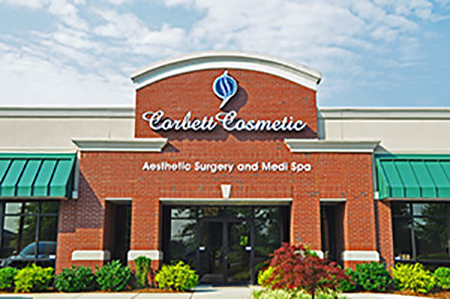There are two parts to this answer when it comes to Louisville, Kentucky liposuction.
First is comfort. From my experience, most patients wait at least a week or more before they start exercising again. I recommend starting with a light version of your typical routine. Guage how you feel, and then ease back into things as your comfort allows.
Second, is swelling. When we do surgery on you, what happens is that the blood vessels in that area get leaky. The purpose is for the cells that heal us need to be able to leak out of the blood steam and get in there to do their thing. So, in effect, think of the blood vessels as leaky piping, much like a soaker hose. Well, if you exercise you increase your blood pressure and pulse rate. So, you are driving the blood through a leaky system faster and with more pressure. The end result is the watery part of the blood leaks into the tissues and you swell. From this point of view, I typically recommend waiting 2 weeks before doing cardio. At that point, you can get going again and see how you do. If you swell up like the Michelin Man we need to hold off a little longer. But it’s important to understand that the swelling wont hurt you, it just temporarily affects your weight and appearance.
In the end, there are no hard and fast rules. You have to stick your toe in and see how you do!
Lee Corbett, MD
http://www.CorbettCosmeticSurgery.com
502.721.0330
All posts on this blog are authored by Breast Augmetnation plastic surgeon Dr. Lee Corbett. Dr. Corbett specializes in cosmetic plastic surgery including liposuction and tummy tucks.



